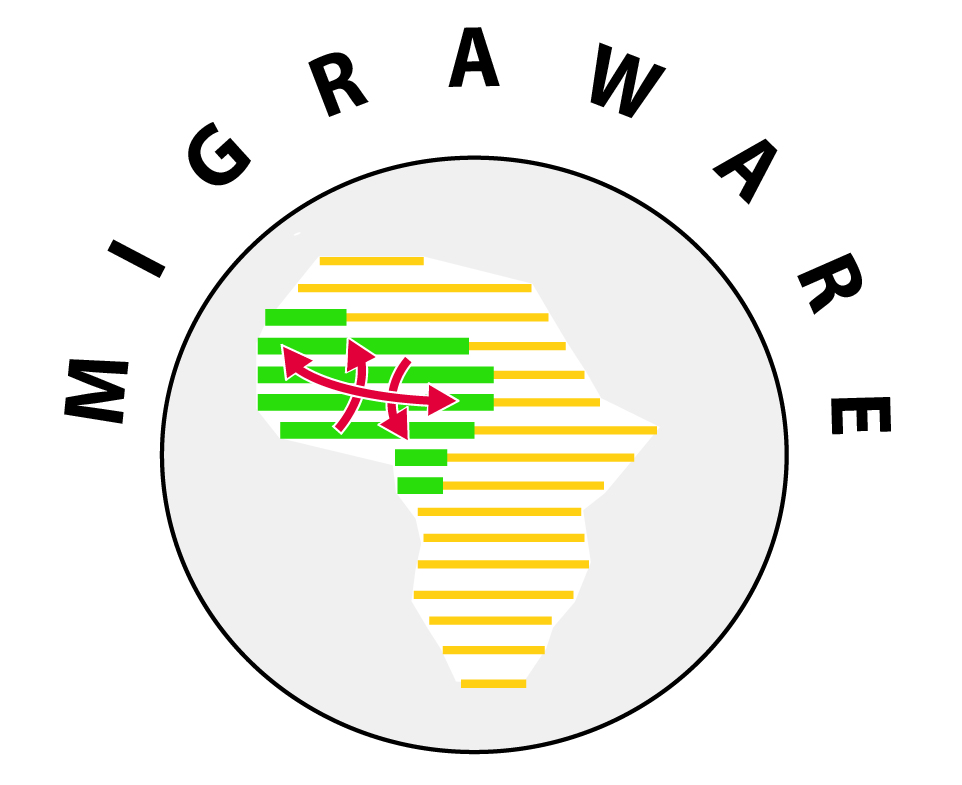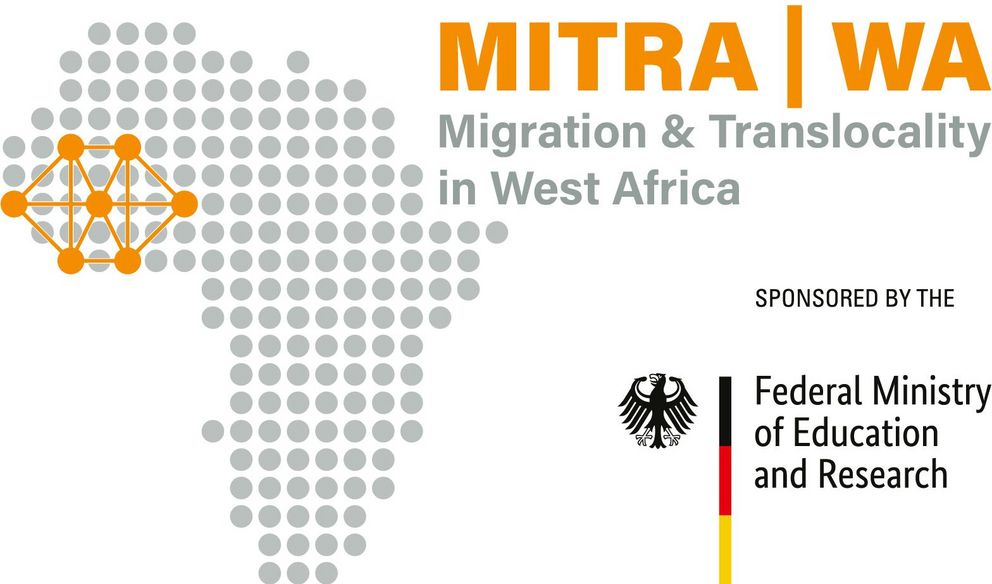MIGRAWARE
The goal of MIGRAWARE is to deliver a scientific-technological framework for assessing the processes, drivers and factors of rural-urban and cross-border migration in West Africa. MIGRAWARE will suggest governance instruments suitable to alleviate migration needs, improve local livelihoods and sustain human-environmental interactions. The project intends to reveal the typical pathways and (hi)stories of migration that include the movement from poor hinterlands to urban conglomerations across Ghana, Nigeria and Burkina Faso.

MiTRA|WA
MiTRA|WA adopts a translocality livelihood and mobility approach on the household level, and focusses on the interlinkages and dynamics between the identified translocalities. It focuses on analysing the different mobilities patterns influenced by social and economic impacts of migrants places of origin and at their place of destination. The project seeks to better understand the drivers, practices, structures and processes of rural-urban and cross-border migration and their interconnected impacts for rural and urban settings. Focusing on Burkina Faso, Ghana and Nigeria, MiTRA|WA further explores the challenges across social, political and ecological scales.

The MIGRAWARE and MiTra|WA Nexus
Both project have completely different approaches towards unearthing the core interplays of migrations but have a unifying objective of ensuring the diversity of factors underlying the topic of migration is well understood by scientist, industry players, and most importantly policy and decision makers across local, regional, national, and transnational space.
Core interfaces of both projects includes the spatial focus where data collection and the general project implementation space will take place. With both projects implemented across Burkina Faso, Nigeria and Ghana, there’s been a series of engagement to share:
- Share data collection space
- Compare survey instruments and methodologies for collecting data
- Engage stakeholders and groups identified by each project
- Validation of project results through community and national engagement
- Spatial data clusters obtained through remote sensing and GIS techniques
- Co-developing programs and strategies to engage policy makers on uptake of project results
- Co-development of scientific publications drawing on data collected from various themes
While both projects are in the mid-phase of data collection, it is anticipated that the last quarter of Year 2 and the entire Year 3 will provide the platform and environment to completely roll-out the main objectives for collaboration.
